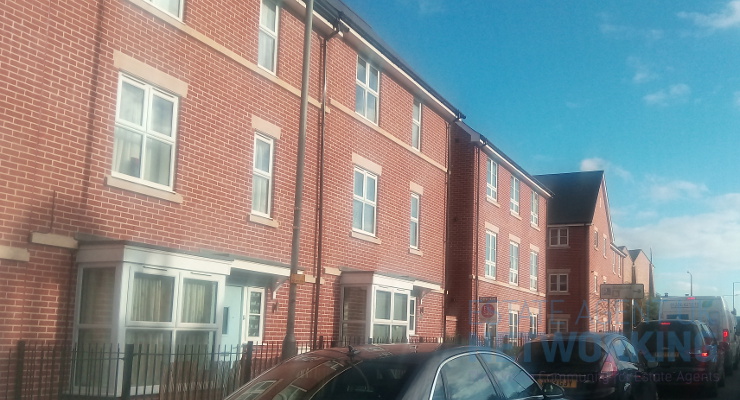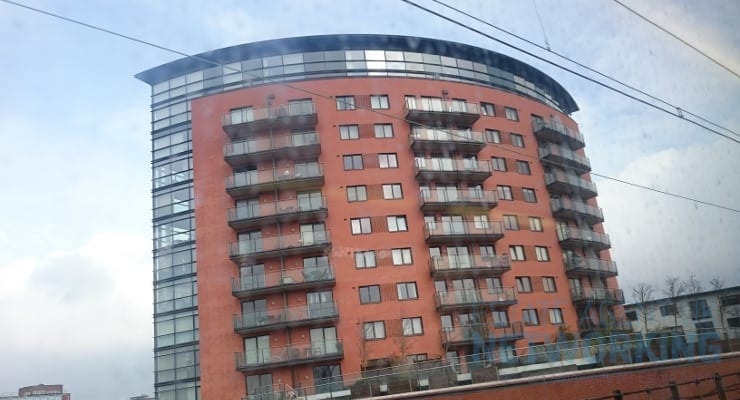How insulation has changed the way we build houses
It goes without saying that over the years, the way that we build homes has changed. Houses that were built some time ago may still be standing, however, some can argue that they are not designed in the same way as modern houses, with the same considerations during the design process.
There are a number of things that have impacted on how we design and build modern homes. Demand is one of them, as is space that we have. There is also the consideration of the tools, techniques and materials that we have available to us now that we may not have had some time ago.
Another thing that has definitely had an impact on how homes are built in the modern world is reducing our carbon footprints and one of the biggest areas that this can happen is with insulation, even looking at how much does solid wall insulation cost, that has changed during the years. So, with this in mind we have put together why we think that insulation has changed the way that we build houses.
It has made us more energy aware
When you make one change to something, and see an improvement, you are going to want to know if there are any other changes that you can make to improve it even more. This is definitely true when it comes to being energy aware. If you find that insulation can really improve how warm a house stays and how much energy heating it uses, then you are likely to want to explore other options out there to see what else can make a positive impact.
It has resulted in changes to other parts of building a house
It wasn’t that long ago that homes in the UK were built with one solid wall. These were unfortunately prone to damp and were not the best at keeping the warm in. Over time, it has been realised that there are other changes that can be made to the way a property can be built, the materials that are used and anything else that can make a difference to the home in the long-term.
It has helped those who own the home
Whilst insulation has helped to change the way that we design and build houses, it has also had a huge impact for those who actually call it their home. It helps to reduce the heating bills that the person is going to have to pay and it also helps to ensure that their home is warm and inviting, no matter what is going on outside.
Insulation has become a key part of modern homes, whether it is to keep them energy efficient and take small steps to helping the planet; or perhaps to make it easier to warm the house without paying out a fortune in energy bills. Whatever the reason, it looks like insulation, whether that is wall or loft insulation, is here to stay and we are keen to know how to impacts houses in the future too.









